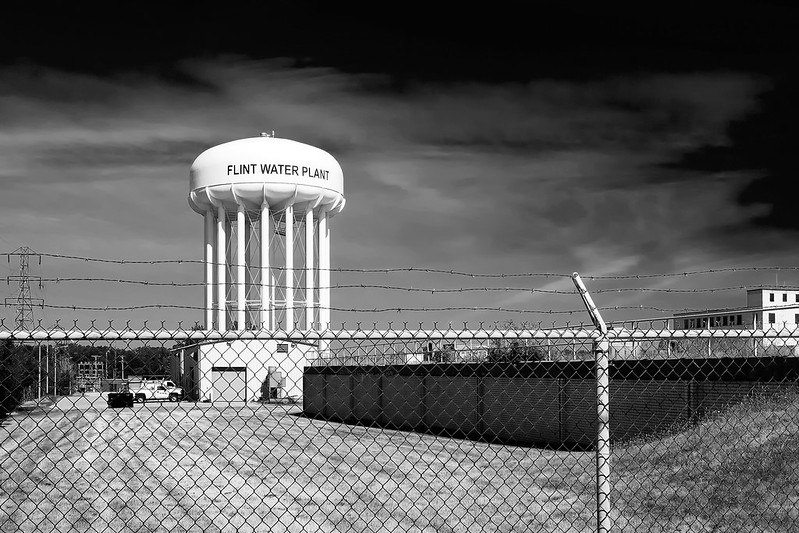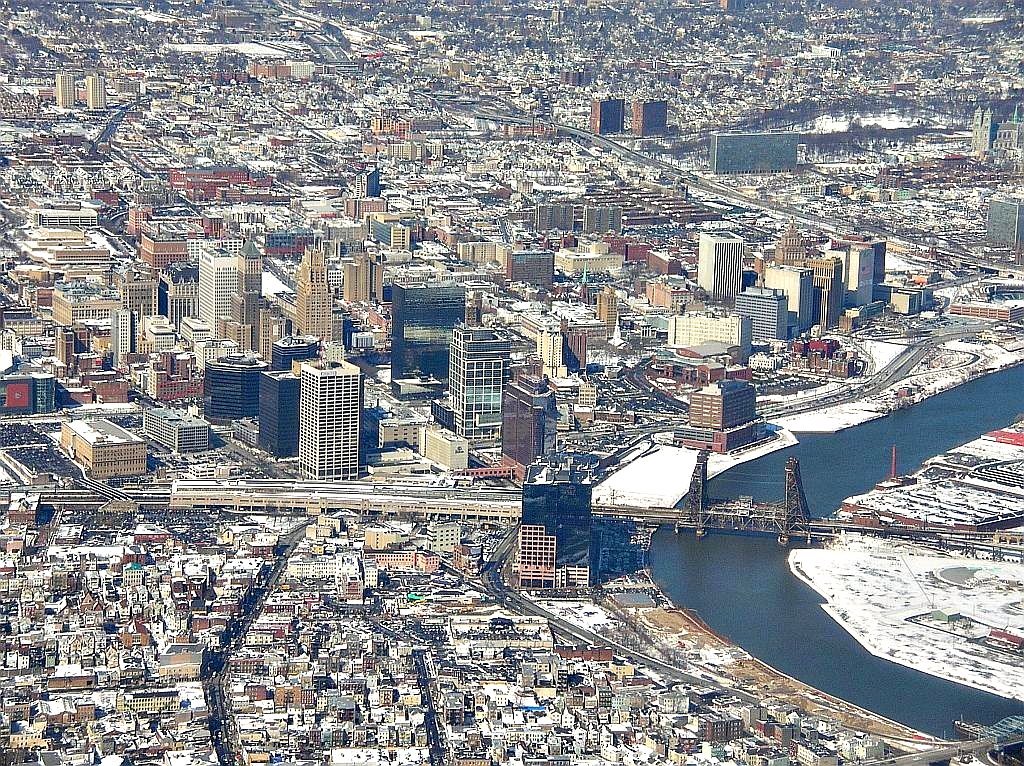Mismanaged Water Infrastructure Privatization
More recent effects of mismanaged privatization occurred across the country, where immediate solutions have involved bottled water, which has an estimated $350 billion dollar global industry by next year. In the past several years, cities including Newark and Detroit have advised residents to drink bottled water due to old pipes that leeched lead and copper into the tap water. Communities outside town limits across the U.S. are not connected to municipal water supplies, and they too often turn to bottled water as their well water is contaminated. In places such as Fairmead, CA, communities lack tap water because it has been used up by other sources, including agriculture and big cities. In Flint, MI, the city changed Flint’s water supply to the polluted and cheaper Flint River in order to save the city money. Instead of investing in long-term solutions, at times governments have relied on bottled water companies for quick fixes to pollution problems.

On Water Privatization
Food & Water Watch, a non-profit focused on addressing the most pressing issues of food, water, and climate issues, dives into the complexities of water privatization in the following article. The organization recognizes there is a possibility of a successful partnership between the public and private sectors, however sole responsibility to provide clean drinking water should fall under the jurisdiction of the local government.
“Investor owned utilities typically charge 59 percent more for water service than local government utilities. Food & Water Watch compiled the water rates of the 500 largest community water systems in the country and found that private, for-profit companies charged households an average of $501 a year for 60,000 gallons of water- $185 more than what local governments charged for the same amount of water.”
— From Water Privatization: Facts and Figures, by Food and Water Watch, 2015.

The Story of Newark, New Jersey: Lead-Poisoned Water
Similar to the issue in Flint, Michigan, both crises featured among the highest tap water lead levels of any large city, and both affected low-income, predominantly black communities. In 2017, the New Jersey Department of Environmental Protection first flagged Newark’s lead levels as exceeding the federal action level. However, the problem began long before then, when the city failed to take the necessary steps at the treatment plant to stop the corrosion of the lead piping. Due to the lack of action by local government officials, and the slow response time to distribute water filters, the city had already been drinking lead-laden tap water for at least 21 months. In some homes, the water levels would test higher than 26 or 64 times the federal action level. To learn more about the strong community voices taking action against the crisis, please read the full article by the NRDC (National Resources Defense Council), “Inside the Fight for Clean Water in Newark”.
The Story of Fairmead, California: The town that ran out of water
The town of Fairmead, California, an aging farming community, has actually run out of clean drinking water. Some of the community members have been out of running water dating as far back as seven years. The county is still working on a state-funded project to supply water, but in the meantime the town is left with dried wells leaving certain homes in the town without any running water to their homes.
According to an article published in the Fresno Bee in August 2021, “wells are going dry everywhere. Drillers have months-long waitlists. Residents are scrambling for water tanks. And farmers will soon face a reckoning after agriculture’s footprint, particularly nut trees, has more than doubled in the past 50 years–far outpacing irrigation supplies.”


